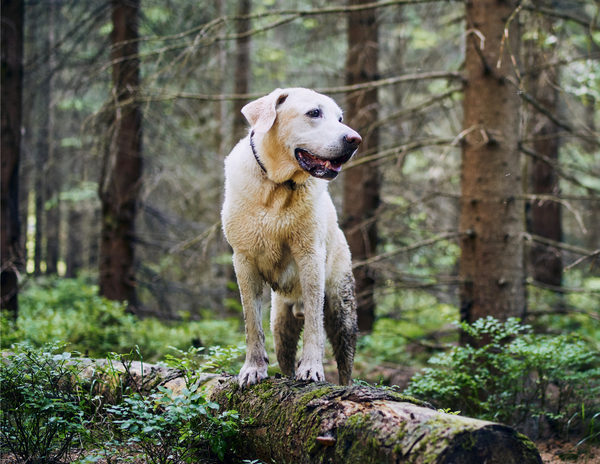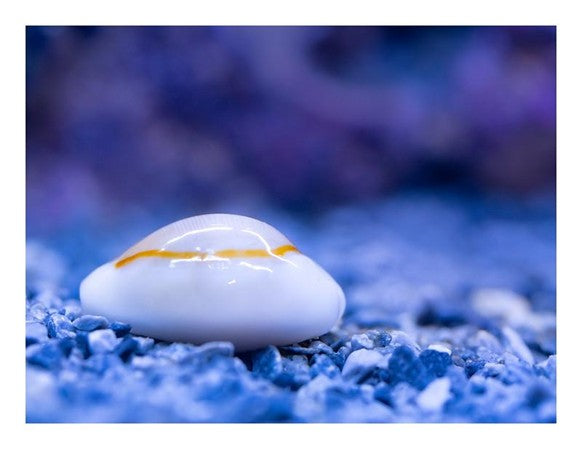Seahorses are one of the most mystical members of the animal kingdom. With their upright stature, elongated faces and curled tails, these creatures are easily recognisable. While their unique characteristics make them seem like fantasy creatures, seahorses are not a figment of our imagination and can be kept as pets.
However, despite their notability, these guys can be hard to find in pet stores and are what we consider advanced-moderate pets to own. For those interested in keeping a seahorse as a pet, here’s everything you need to know about these fascinating swimmers.
Even at a glance, you can tell that seahorses are biologically unique. Their elongated noses give them an equine-like appearance and when paired with their curled tails and small fins, you won’t mistake them for anything else.
All seahorses are a part of the Hippocampus genus, which originates from the Ancient Greek “híppos,” meaning “horse.” Their outer skeleton comprises a series of bony plates that help protect against predators, allow them to bend and twist, and even safely buckle under compression. To navigate underwater, they rely on a dorsal fin while swimming in an upright position.

Seahorses in the wild are found in shallow, sheltered areas where they’re not required to complete heavy swimming activities. Because these guys are not renowned for their swimming abilities; in fact, the slowest-moving fish in the world is a dwarf species of seahorse – the H. zosterae. Despite being less than efficient when swimming, it must be good enough, as the oldest recorded fossil found of a modern seahorse is approximately 3 million years old!

One of the most well-known facts about seahorses relates directly to their biology – specifically, their reproduction. Seahorses are the only group of animals in which the males experience pregnancy and birth. After about 30 days of pregnancy, these dads can have up to 200-400 babies at a time.
On average, seahorses live for around 4-5 years, making them relatively short-lived pets for their level of care.
As mentioned above, finding and buying a seahorse can be much more difficult than other pets here at Pisces. Seahorses are often sold by exotic and speciality pet stores, including Pisces Pet Emporium. We get them in when we can, but their difficult care level means that we don’t carry very many at a time and they are considered to be a pet for advanced/moderate aquatic enthusiasts.
Additionally, seahorses sold in stores are captive-bred so they do not need to adjust to an aquarium – their particular care requirements would make transferring a non-captive-bred seahorse an unnecessarily risky endeavour.
Lastly, they are more content when sold in pairs, hence why ensuring that a new seahorse owner is ready to meet the care requirements of more than one fish is ideal.

I) Tank size: Seahorses require a tank that is at least 40 gallons and has a decent height to it. Because they are upward-oriented swimmers, giving them a large vertically oriented tank will allow them to utilise the entirety of their tank. They are also social fish and prefer to be kept alongside other fellow tankmates. A good rule of thumb to use is that height of the aquarium should be 3-4x times of the adult-size seahorse.
Seahorses also require a tank that is relatively low flow, just like they prefer areas with little current in the wild. Finding a tank with a low flow will allow them to explore their tank without their mediocre swimming abilities being exposed.
II) Water parameters: As we’ve mentioned, seahorses are not entry-level pets to own and are recommended for more experienced pet owners. Part of this difficulty comes from seahorses' particular sensitivity to water parameters, which has a stark impact on their health and well-being.
Unlike many other marine animals, seahorses prefer a cooler temperature – no higher than 78 degrees Fahrenheit. Some species can manage temperatures in the 60s – be sure to research your pet's species and temperature preferences.
The ammonia and nitrite levels in a seahorse's aquarium need to be kept at zero, and nitrate levels need to be kept low. They are saltwater creatures, so seahorse owners will need to keep an eye on their tank's salinity levels, ensuring they remain stable at all times. Test the water daily and do changes as needed.

III) Just like with their water parameters, Seahorses tend to be particular about their food, too. Seahorses eat using their mouth like a vacuum to suck up their food and have no teeth. In the wild, they are ambush predators who wait patiently for their small prey to be within reach.
Keeping a supply of live copepods can be a great way to ensure the health of your seahorses. If these aren't available to keep on hand, feeding freeze-dried or frozen Brine shrimp and/or Mysis shrimp are great substitutions. However, seahorses are known to be picky when it comes to frozen foods specifically. We recommend using another product alongside frozen foods to try and make it more enticing.
It’s hard to think of another sea creature to compare to these unique and special sea creatures. While particular in their care needs, these small colorful pets offer a charming experience for all fish fanatics. Contact us at Pisces Pet Emporium if you want to add seahorses to your pet family!




